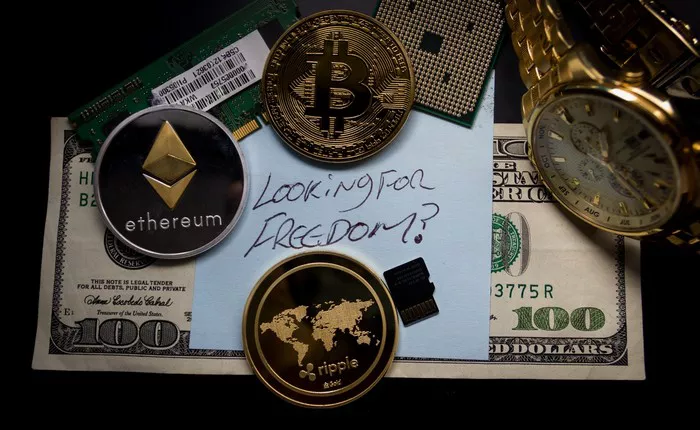Dick’s Sporting Goods announced on Thursday a definitive agreement to buy Foot Locker for $24 per share. The deal values Foot Locker at about $2.4 billion. That price represents a substantial premium over Foot Locker’s closing share price of $12.87 on Wednesday.
Strategic Rationale
CEO Lauren Hobart told investors that sports and culture are increasingly intertwined. She said Dick’s sees strong long-term industry tailwinds and that adding Foot Locker expands its platform. The acquisition is also viewed as a way for Dick’s to attract new customers, deepen partnerships with brands like Nike, and strengthen its international presence.
Wall Street Skepticism
Some analysts questioned the deal’s merits. Joe Feldman of Telsey Advisory Group noted that Foot Locker is a “structurally distressed, mall-based retailer” with 2,410 small-format stores worldwide. He also warned that Foot Locker depends heavily on Nike and had a 2.5% operating margin in 2024—well below Dick’s 11.0% margin for the same year.
Foot Locker’s Recent Performance
Foot Locker’s preliminary first-quarter results showed a 2.6% drop in same-store sales. By contrast, Dick’s reported a 4.5% gain. Foot Locker has struggled with sluggish growth, even after reviving its partnership with Nike, which still accounts for about 60% of its orders.
Management Distraction Concerns
Industry observers fear the takeover could divert Dick’s senior team. Sam Poser of Williams Trading told Yahoo Finance that if Dick’s executives spend up to 30% of their time fixing Foot Locker, they may neglect Dick’s core business—potentially hurting Dick’s own results.
Market Reaction
Foot Locker shares jumped over 80% on the acquisition news. Conversely, Dick’s Sporting Goods shares fell about 15% as investors weighed the financial risks of the large transaction.
Integration Challenges Ahead
UBS analyst Michael Rather warned that retail mergers often face integration hurdles. He pointed to past struggles in deals such as Family Dollar–Dollar Tree and Sears–Kmart. Different systems, cultures, and infrastructures can complicate the process.
Support from Nike and Other Brands
Dick’s leaders remain upbeat, especially about Nike’s outlook. Ed Stack, Dick’s chairman, said Foot Locker is key to Nike’s long-term strategy. He cited Dick’s 2007 Golf Galaxy acquisition as a successful model for brand partnerships. Jefferies analyst Randal Konik added that Foot Locker’s turnaround could benefit Nike’s distribution and strengthen its retail position.
Stifel analysts also expect Dick’s to inherit relationships with Adidas, On, and Deckers’ Hoka. Beyond Foot Locker’s core stores, the deal brings Kids Foot Locker and Champs Sports under the Dick’s umbrella.
Leadership Confidence
Dick’s executives say they are proceeding with caution. “We’re very conservative,” Ed Stack told investors. “If we didn’t have clarity or thought it would hurt us, we wouldn’t do it.” He acknowledged skepticism but added, “Now it’s our turn to prove it.”
This acquisition marks one of the largest retail deals this year and underscores the challenges and opportunities in consolidating major sports footwear and apparel chains.
Related topics:


































